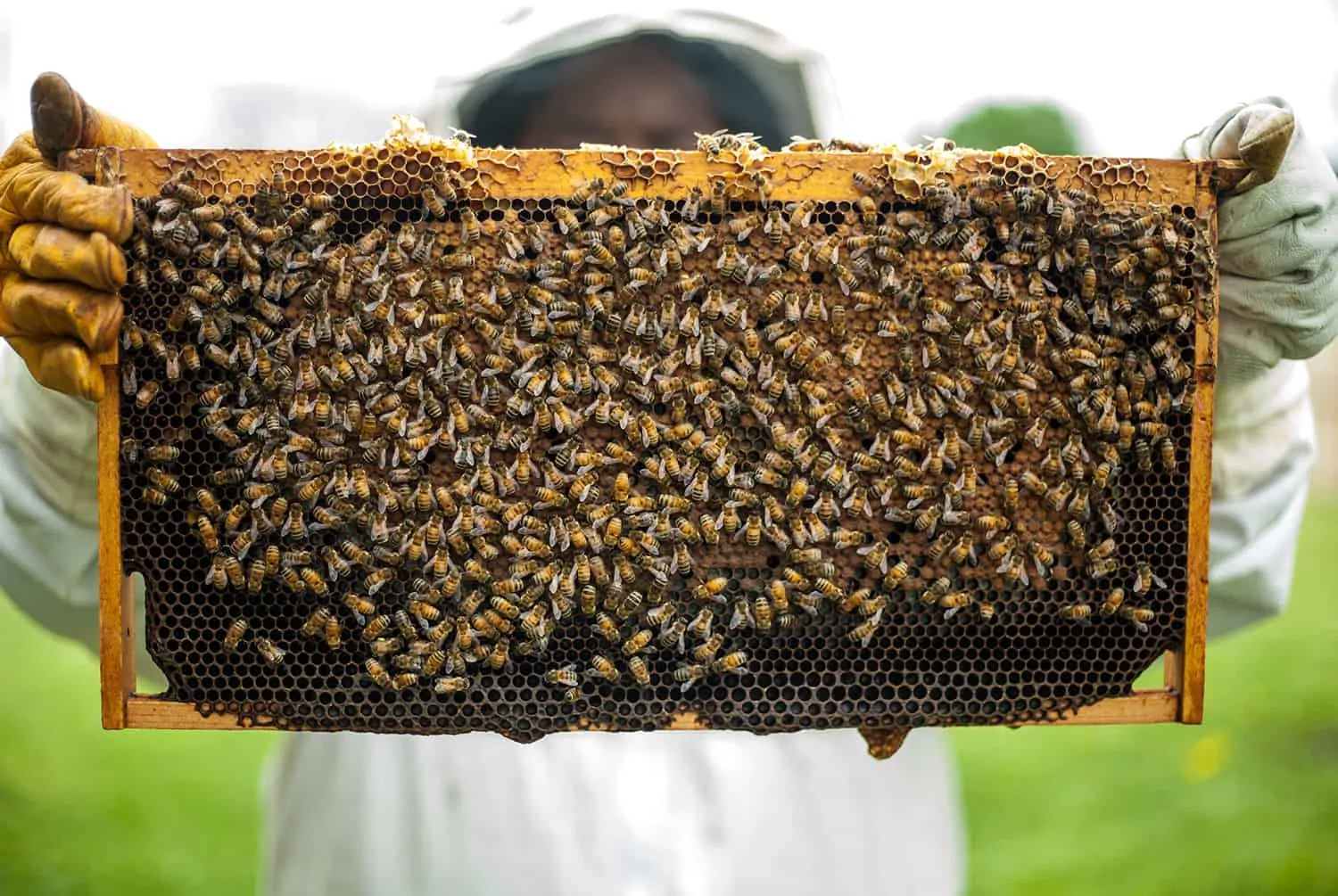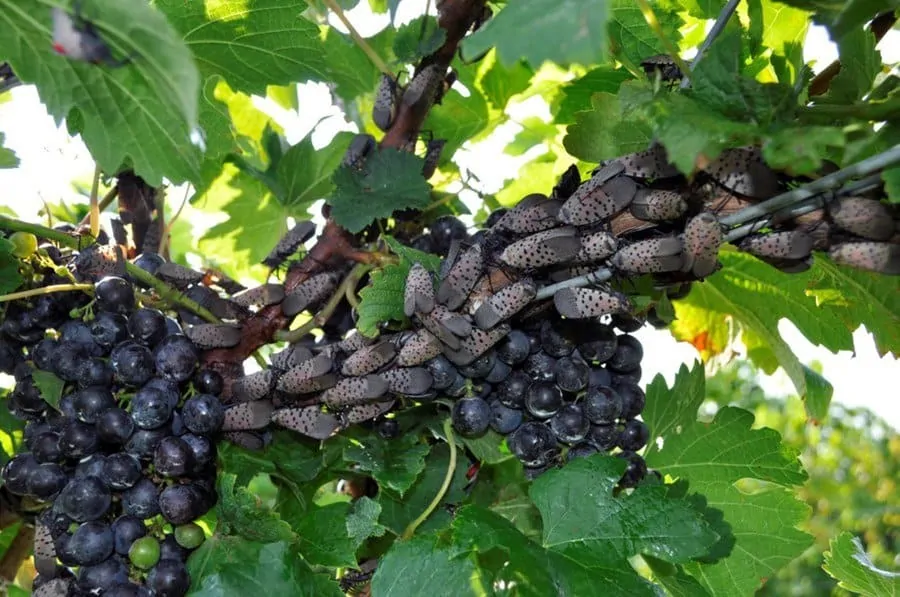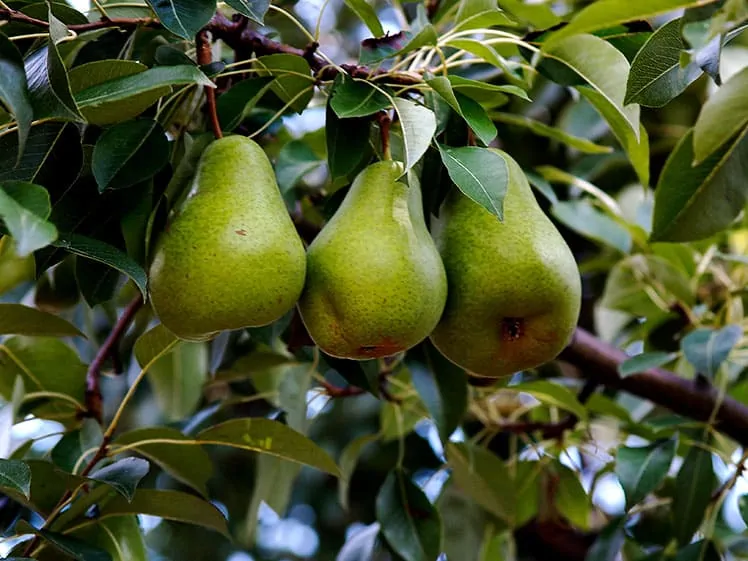It’s not all the time straightforward to outline a local plant. You can’t say a plant is native to a selected U.S. state, as that’s too restricted an outline. Crops are native to areas or continents: North America, Central America, The Appalachian area of the U.S., Midwest U.S., Central Europe, China, North Africa, Japan, and many others.
The EPA’s definition of native crops
Within the U.S., the official definition of a local plant is : “Native crops (additionally referred to as indigenous crops) are crops which have developed over hundreds of years in a selected area. They’ve tailored to the geography, hydrology, and local weather of that area. Native crops happen in communities, that’s, they’ve developed along with different crops. Because of this, a group of native crops supplies habitat for a wide range of native wildlife species similar to songbirds and butterflies.“
The EPA’s definition of native crops makes no point out of people. So we’d add that native crops are those who have developed and tailored over a selected geographic vary (for example, North America, from Canada to Florida), with out human intervention.
Native adaptation of crops
Even inside their pure geographic vary, native plant species are genetically tailored to native rising circumstances. This adaptation is often known as “native provenance” or “ecotype”. An ecotype is a subset of a species that possesses genetic adaptation to native rising circumstances. Generally ecotypic variations are seen to us as variations in form, dimension, or shade. Different ecotypic variations will not be readily obvious, for instance variations to varied soil chemistries, minimal winter temperatures, and drought tolerance.
College of Maryland Extension Service
Not so simple as you thought? Be part of the membership. A Pink Maple native to Florida might not survive in Canada, despite the fact that it’s native to each. Native adaptation is essential.
The excellent news is, many backyard facilities and plant nurseries specialise in native crops, so if the nursery is respected, you will be assured you’re selecting a plant well-adapted to your local weather. All bets are off at large field shops.
Associated Submit: Learn how to Create a Hen-Pleasant Habitat in Your Yard
viburnum flower
There are about 175 species of Viburnum shrubs, native all through the Northerm Hemisphere. Most produce stunning flowers in spring and berries for wildlife in fall and winter.
Why use native crops?
The good thing about utilizing native crops is in making a sustainable, low upkeep habitat. A shrub, tree or flower native to your native space has co-evolved with different shrubs, bushes, flowers, and wildlife to create and help a various and sturdy ecosystem. Particular birds eat particular caterpillars in particular bushes, native bees choose the nectar of sure native native flowers, and your native native pine species have been a winter wildlife habitat for eons.
Native crops present a hardy, drought resistant, low upkeep panorama that advantages your native ecosystem. Native crops get rid of or scale back the necessity for fertilizers, pesticides, water, and garden upkeep gear. This protects you money and time.
Native crops not often want artificial fertilizers. Extra phosphorus and nitrogen (the primary parts of fertilizers) runs off into lakes and rivers. This runoff causes extra algae development in waterways which depletes oxygen, harms aquatic life, and interferes with leisure makes use of. Solely a soil check can decide in case your backyard wants fertilizer.
Native crops present shelter and meals for wildlife. These crops entice a wide range of birds, butterflies, and different wildlife by offering various habitats and meals sources. Native wildlife has developed aspect by aspect with these crops over millennia, making a symbiotic relationship.
Native crops require fewer pesticides. Pesticide runoff contaminates native rivers and lakes.
Native crops promote biodiversity and stewardship of our pure heritage. Pure landscaping is a chance to reestablish various native crops, and that invitations the birds and butterflies again house.
Native crops require much less water than lawns. In city areas, garden irrigation makes use of as a lot as 30% of the water consumption on the East Coast and as much as 60% on the West Coast. The deep root methods of many native crops enhance the soil’s capability to retailer water, which reduces water runoff and helps handle flooding.
Native crops require much less upkeep
Planting native additionally means much less be just right for you. A plant tailored to your ecosystem has a greater probability of surviving warmth waves, droughts, flooding, extraordinarily chilly winters, and native pests and ailments. Earlier generations of that plant have survived these challenges and extra and its genes have tailored to outlive native circumstances.
Associated Submit: American Beautyberry: Fall’s Favourite Plant for Wildlife
That is additionally a critical consideration as local weather change picks up pace. A local plant has a significantly better probability of surviving no matter’s coming its manner than a species imported from the opposite aspect of the world.
Purchase on Amazon: The Residing Panorama: Designing for Magnificence and Biodiversity within the House Backyard
native mountain laurel
Mountain Laurels are native to Japanese North America. The varied species seem within the wild in lots of settings together with sandy woods, open meadows, rocky slopes, and woodland margins. Many native Mountain Laurels will be grown in your backyard.
How do non-native crops have an effect on native crops?
Once we plant non-natives, they will act fairly aggressively within the panorama. They’ve few enemies to regulate their unfold and as they transfer in, advanced native plant communities, with tons of of various plant species supporting wildlife, are crowded out by the non-native plant. This creates a monoculture during which the native group of crops and animals is diminished and simplified, with most native plant species disappearing. This leaves solely the non-native plant inhabitants intact. We hear about invasive species continuously when a brand new insect pest seems in our native space – they overrun and at occasions destroy the panorama. The identical factor can occur with non-native crops.


